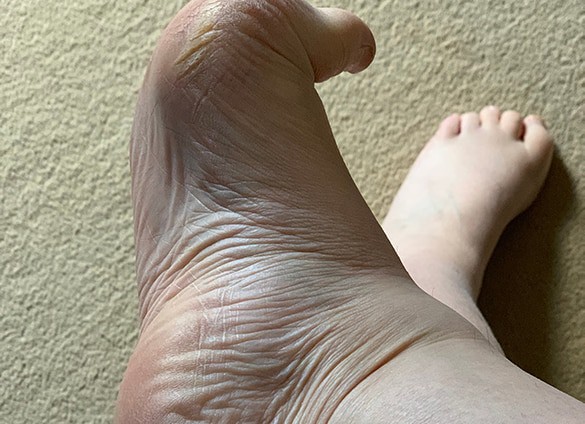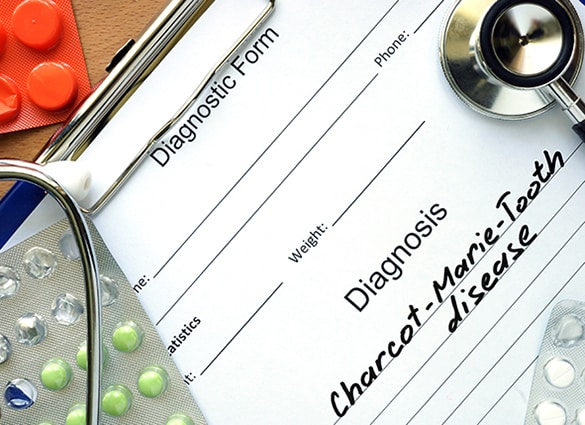
Charcot-Marie-Tooth disease
Charcot-Marie-Tooth disease, or CMT, is a group of inherited neurological disorders that affect the peripheral nerves, causing peripheral neuropathy. Peripheral nerves are the nerves that supply the muscles and sensation in the legs, feet and arms and hands. As many as 1 in 2,500 people in Australia have CMT.
Charcot Marie Tooth disease is named after the three doctors who first discovered it in 1886: Jean-Martin Charcot, Pierre Marie, and Howard Henry Tooth.
What causes Charcot-Marie-Tooth disease?
CMT is an inherited disorder, meaning it is passed down from one generation to the next. CMT is not contagious and is not caused by our environment or lifestyle. There are more than 50 types of CMT, with no known cure at this time.
The CMT gene produces proteins that are essential to the structure and function of the peripheral nerves. When the mutated gene is unable to produce these vital proteins, the affected nerves slowly degenerate and lose the ability to control the muscles, causing muscle weakness (in feet, legs, arms or hands) and a loss of normal skin sensation.
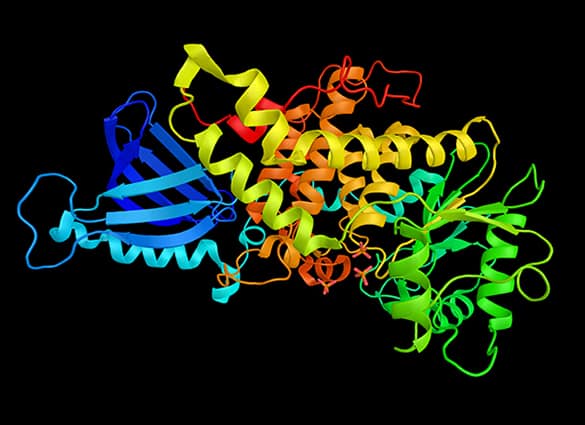
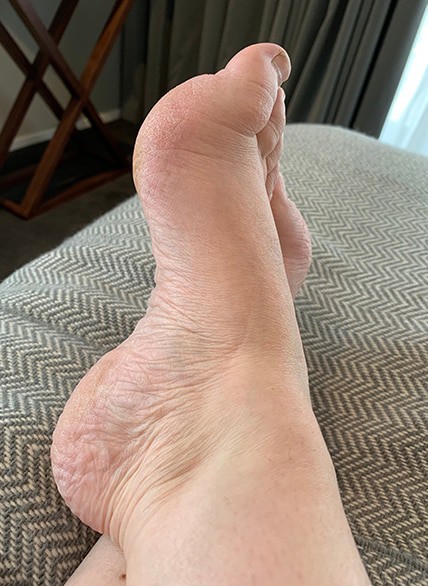
What are the symptoms of Charcot-Marie-Tooth disease?
The nerves in the legs and arms, which are the longest, are affected first. Nerve fibers that create movement (motor nerves) and nerve fibers that transmit sensations (sensory nerves) are both affected. Because both nerve types are affected, CMT causes weakness and numbness that usually starts in the feet.
Symptoms usually begin in adolescence or early adulthood. The symptoms can vary greatly among individuals with the progression of symptoms being gradual over time. They may include:
- weakness of the foot and lower leg muscles
- foot deformity – very high arched feet, hammer toes
- foot drop – inability to raise the forefoot to clear the ground, resulting in frequent tripping or falls
- corns and callus may develop on the feet due to the foot deformities
- loss of muscle bulk in the lower legs, leading to thin calves or ‘stork legs’
- numbness in the feet
- difficulty with balance
- fatigue, pain and muscle cramps
Later, similar symptoms also may appear in the arms and hands.
How is Charcot-Marie-Tooth treated?
There are no known treatments that will stop or slow down the progression of CMT, although research continues in this area.
Depending on your foot problems or gait disturbances your podiatrist may consider some of the following possible treatment options:
- custom orthotics to help slow down the development or progression of foot deformities
- custom ankle-foot-orthoses (eg. the Richie brace) to assist with foot drop, reduce the risk of falls and tripping, improve balance, mobility and confidence
- footwear advice
- stretching exercises that may prevent or reduce joint deformities in the feet and ankles muscle strengthening early
low impact aerobic exercise to improve stamina and increase endurance - assistance with callus removal and toenail care
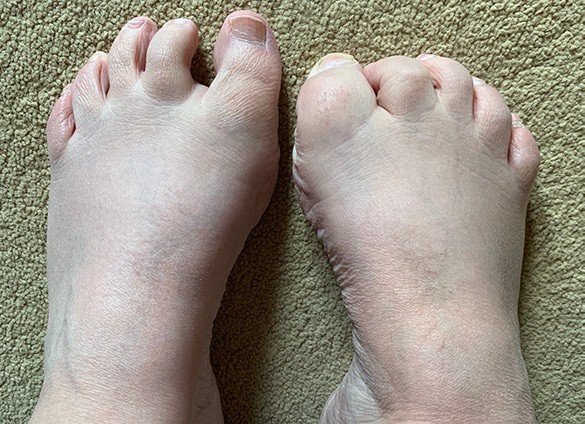
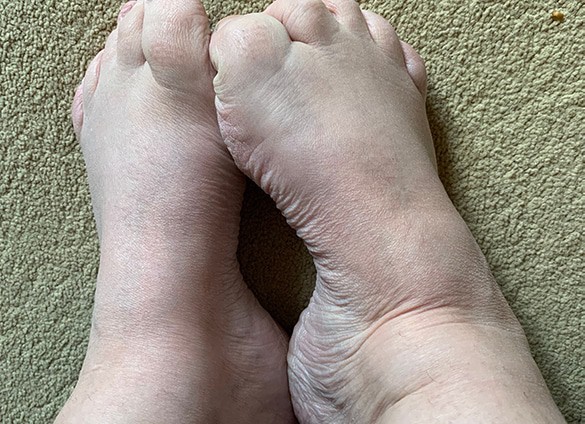
What should I do if I have Charcot-Marie-Tooth disease?
If you, or a family member, has CMT and you are concerned about your gait, mobility or foot posture, contact us for a comprehensive assessment, treatment and advice from one of our experienced podiatrists.
How is Charcot-Marie-Tooth disease diagnosed?
If you have a family history of CMT and have developed some signs and symptoms consistent with CMT, your doctor will refer you to a specialist physician, called a neurologist, for further investigation. The neurologist may request electodiagnostic tests (eg. nerve conduction studies, EMG) and genetic tests to establish the diagnosis of CMT.
If you are seeing your podiatrist about foot problems or gait disturbances related to CMT, we will perform a physical examination including a gait analysis. The podiatric assessment will include:
- foot posture assessment
- neurological screening for reflexes, sensation, muscle tone
- joint flexibility (or range of motion)
- biomechanical assessment of the foot, ankle and leg
- lower limb muscle strength and balance
- footwear assessment
- skin assessment for pressure lesions (corns, callus etc)
